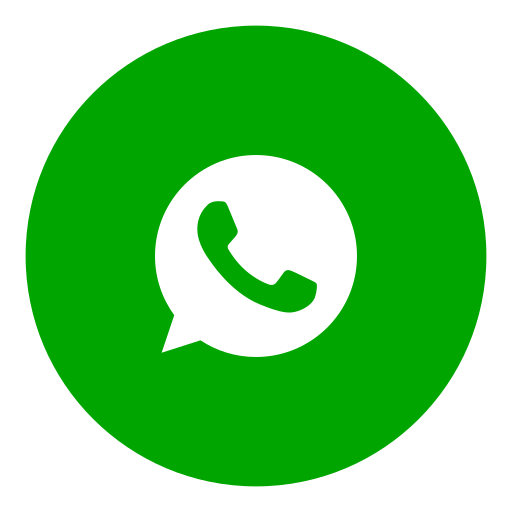Gum Curettage
An Important Step for Your Dental Health
Gum diseases, if left untreated, can lead to serious health issues. Gum curettage is an effective method commonly used in the treatment of gum diseases. This procedure, which is part of periodontal treatments, aims to clean the inflammation, infections, and bacteria in the gum tissues. At LHC Clinic, we offer the most suitable treatment methods to ensure you maintain healthy gums. In this article, we will explain in detail what gum curettage is, how it is performed, who it is suitable for, and post-procedure care.
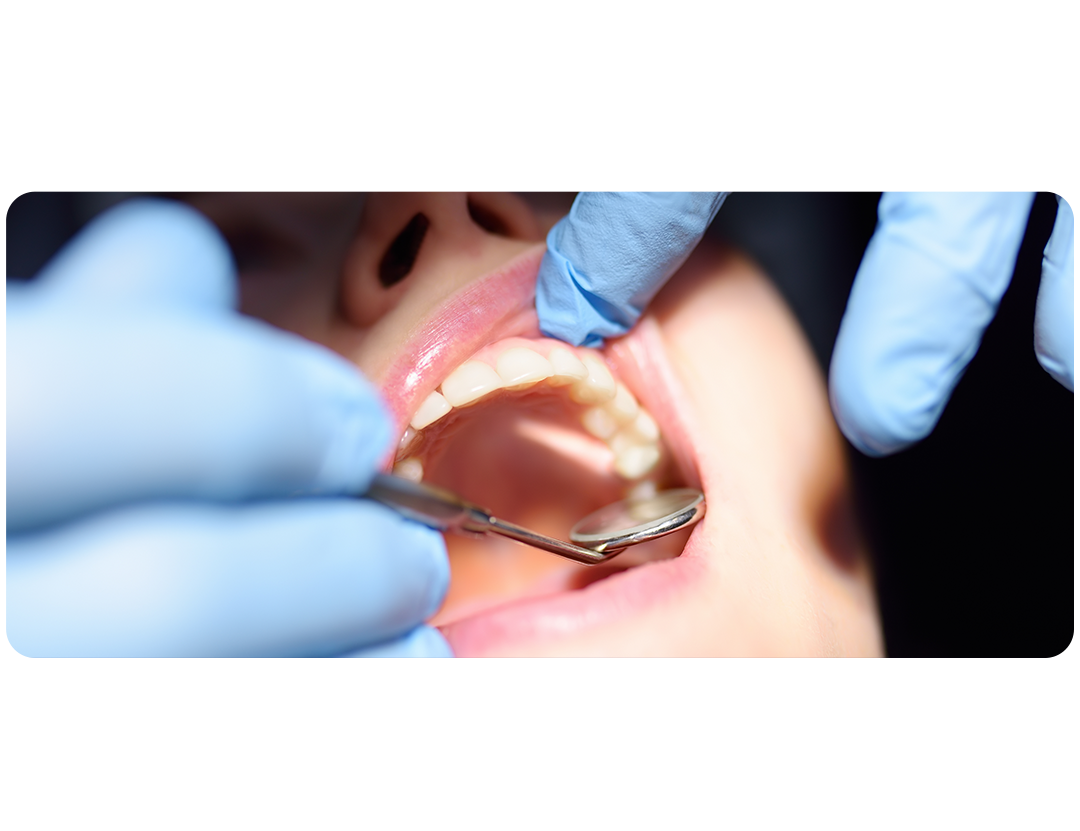
What is Gum Curettage?
🦷 Gum Curettage: A Non-Surgical Treatment for Gum Diseases
Gum curettage is a non-surgical procedure performed to treat gum diseases. This treatment involves cleaning away plaque, tartar, and infected tissue from beneath the gums. Gum diseases often start with symptoms like redness, bleeding, and swelling in the gums, but if not treated, they can lead to serious consequences, including tooth loss. Gum curettage not only helps treat gum diseases but also protects the surrounding bone tissue.
Why is Gum Curettage Done?
🦷 The Main Reasons for Performing Gum Curettage
- 1. To Eliminate Gum Inflammation: Conditions like gingivitis, which cause swelling, redness, and bleeding in the gums, can be treated with curettage by cleaning the inflamed tissue.
- 2. To Reduce Periodontal Pockets: Gum recession can create pockets between the gums and teeth, which are ideal environments for bacterial growth. Curettage cleans these pockets, preventing the disease from progressing.
- 3. To Maintain Oral Hygiene: Curettage is used to clean areas that are hard to reach with regular brushing and cleaning, eliminating plaque and tartar buildup.
- 4. To Protect Teeth and Gums: This procedure helps keep your gums healthy, reducing the risk of tooth loss.
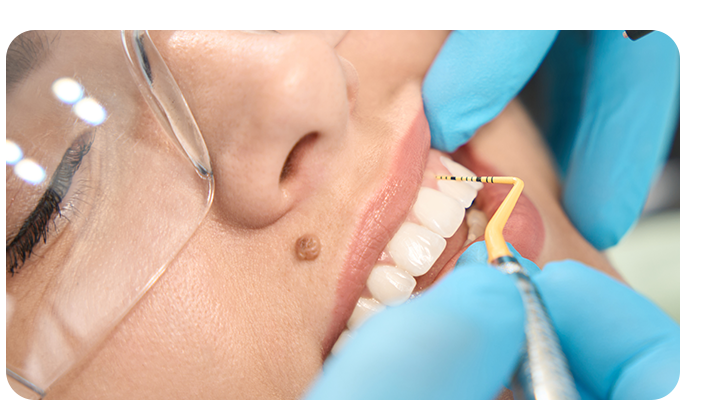
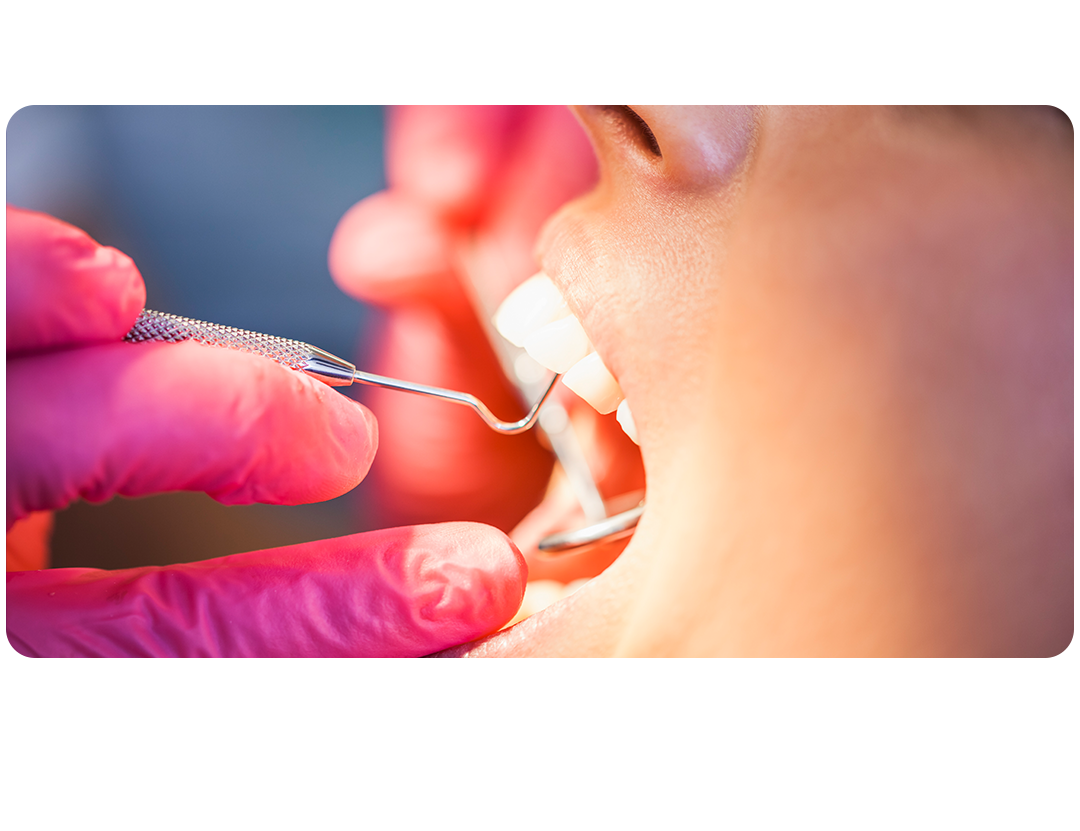
How is Gum Curettage Performed?
🦷 Gum Curettage Procedure
- Examination and Assessment: The dentist evaluates the severity of the gum disease and measures the depth of periodontal pockets. X-rays may be taken if necessary.
- Curettage Procedure: The dentist uses specialized curettage instruments to remove plaque, tartar, and infected tissue from beneath the gums. This process ensures that the tooth roots are thoroughly cleaned and bacteria are removed.
- Sterilization and Care: After the procedure, the gums are cleaned with antiseptic solutions, and the dentist provides recovery instructions.
Who is Gum Curettage Suitable For?
- Advanced Gum Diseases: If gum disease has progressed to severe tissue recession and inflammation, curettage can be an effective treatment.
- Gum Recession and Pocket Formation: For those with gum recession and the development of periodontal pockets, curettage helps clean these areas and prevent further bacterial growth.
- Patients Struggling with Oral Hygiene: For those who find it difficult to clean deep areas of their mouth where plaque and tartar accumulate, curettage can be used to eliminate buildup.
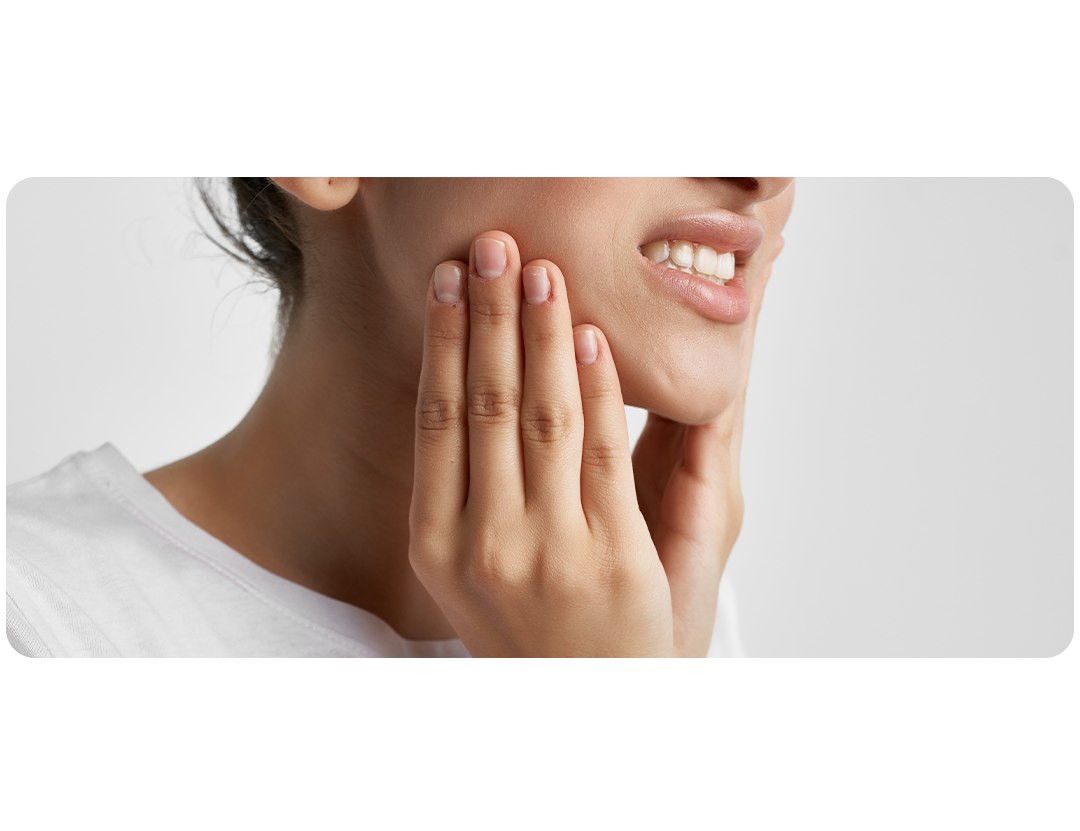
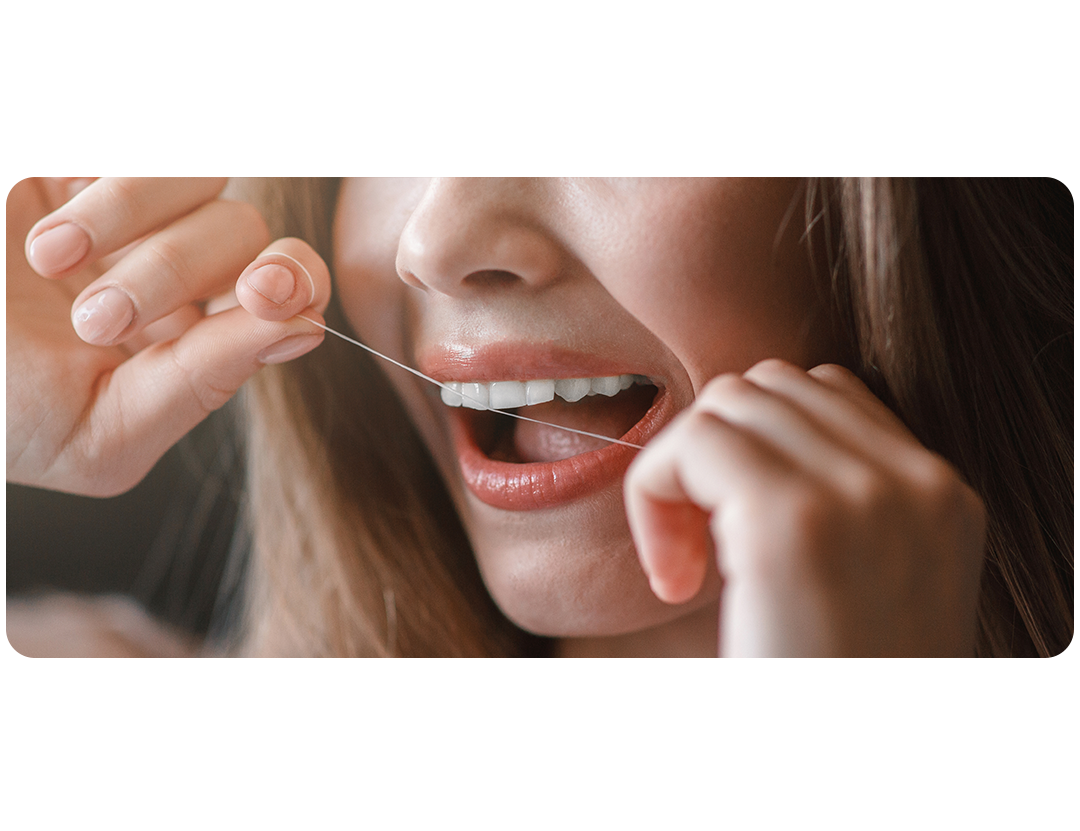
Post-Curettage Care and Considerations
🩺 Aftercare Tips Following Gum Curettage
- Maintain Oral Hygiene: Use a soft-bristled toothbrush to gently clean your teeth. Continue using dental floss but be cautious around the treated areas.
- Review Your Diet: Avoid spicy, acidic, and hard foods, as these can irritate the gums and slow down the healing process.
- Follow Your Dentist’s Instructions: Take any prescribed medications as directed and keep your follow-up appointments with your dentist.
Is Gum Curettage a Safe Procedure?
🦷 Safe and Professional Gum Curettage at LHC Clinic
Gum curettage is a safe and effective procedure when performed by a skilled dentist. At LHC Clinic, we use modern dental techniques to ensure patient comfort and safety during the procedure. While mild sensitivity may occur afterward, this usually resolves quickly.
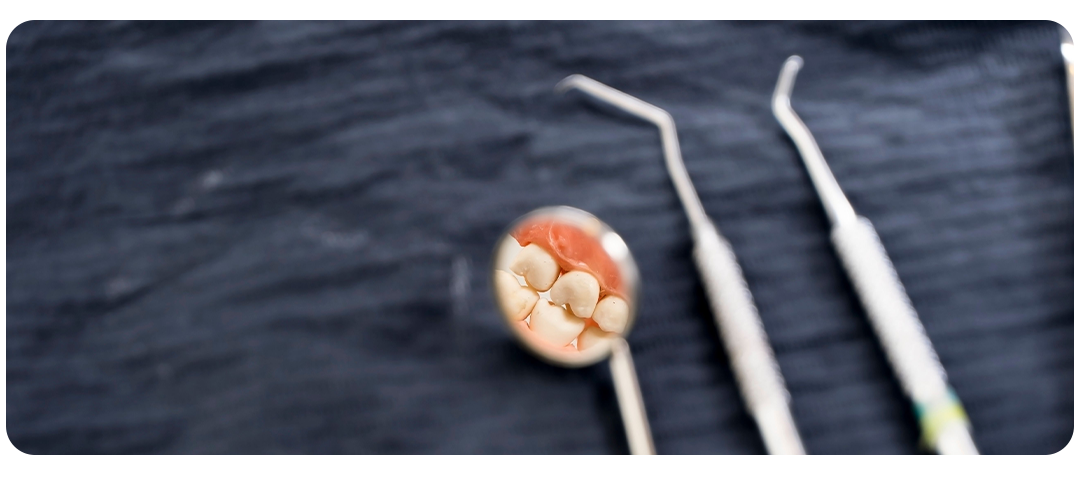
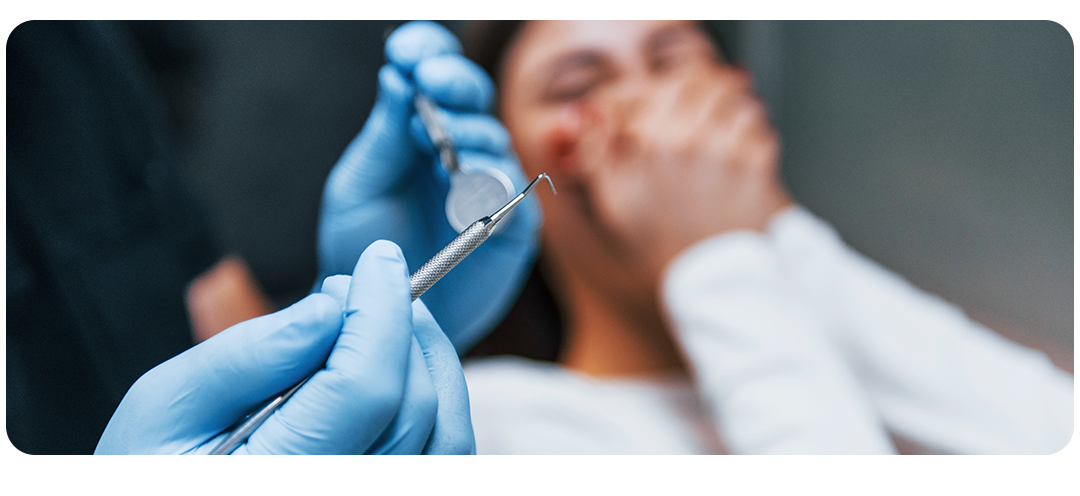
Is Gum Curettage a Permanent Solution?
🪥 Long-Term Success with Gum Curettage
Gum curettage provides long-term benefits when combined with good oral hygiene. However, if poor oral care and unhealthy habits persist, the gum disease may recur. Regular dental checkups are essential to maintaining the results of the treatment.
Conclusion
🦷 Take the First Step Toward Healthier Gums
Gum curettage is an important step in treating gum diseases. By removing harmful bacteria from the gums, it helps restore a healthy oral structure. Not only does it protect your dental health, but it also prevents serious consequences such as tooth loss.
At LHC Clinic, we provide professional services to help you maintain healthy gums and benefit from the best treatment methods. If you are experiencing gum problems, don’t hesitate to visit us for detailed information and to schedule an appointment. Remember, with regular dental care and checkups, you can achieve and maintain healthy gums!

Frequently Asked Questions
Tartar (calculus) is hardened plaque that cannot be removed by brushing alone. It
accumulates along the gumline and between teeth.
Treatment:
• Professional scaling and cleaning are required to remove tartar
• Regular cleanings help prevent its buildup
Preventing tartar starts with daily brushing, flossing, and routine dental visits.
Dental floss is essential for oral health because it cleans areas where your toothbrush
cannot reach—specifically between teeth and under the gumline. Without flossing, plaque
buildup can cause gum disease, cavities, and bad breath.
Tip:
Make flossing a daily habit, especially before bedtime, to remove the day's accumulated
debris and bacteria.
A healthy smile starts with a disciplined oral care routine. This routine should include:
• Brushing twice daily with a soft-bristled toothbrush and fluoride toothpaste
• Flossing once a day to remove plaque and food debris between teeth• Rinsing with an antibacterial mouthwash for added freshness and protection against
plaque
• Replacing your toothbrush every 3 months or sooner if the bristles are worn
Additionally, limiting sugary snacks and acidic drinks, staying hydrated, and attending
regular dental check-ups contribute to long-term oral health.
A night guard is a custom-made device worn over teeth at night to: • Prevent tooth damage from grinding or clenching • Alleviate jaw tension and headaches related to bruxism Individuals with teeth grinding, jaw pain, or those who have had restorative dental work are often advised to use a night guard.
Numbness from local anesthesia typically fades within 2 to 4 hours after the procedure.
Factors affecting this include:
• The type of anesthetic used• The area treated
• Individual body response
Tip:
Avoid chewing or drinking hot liquids until sensation fully returns to prevent accidental
injury.
